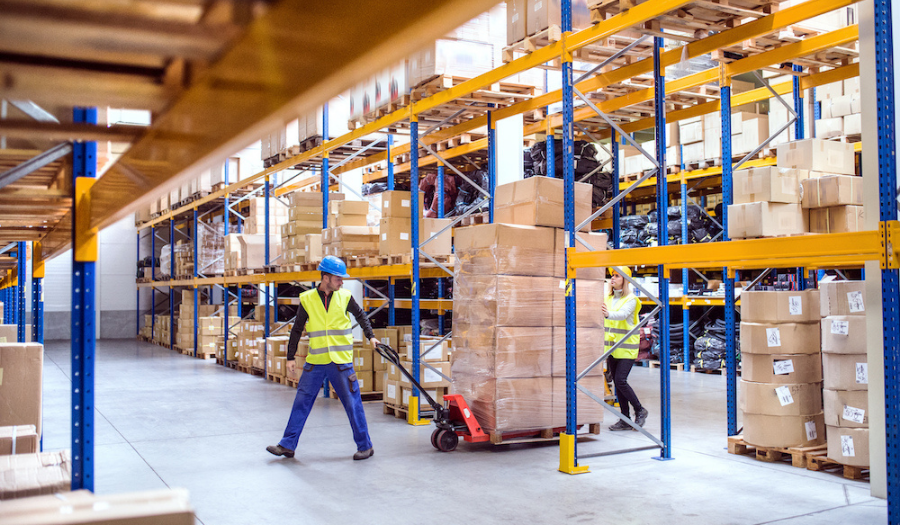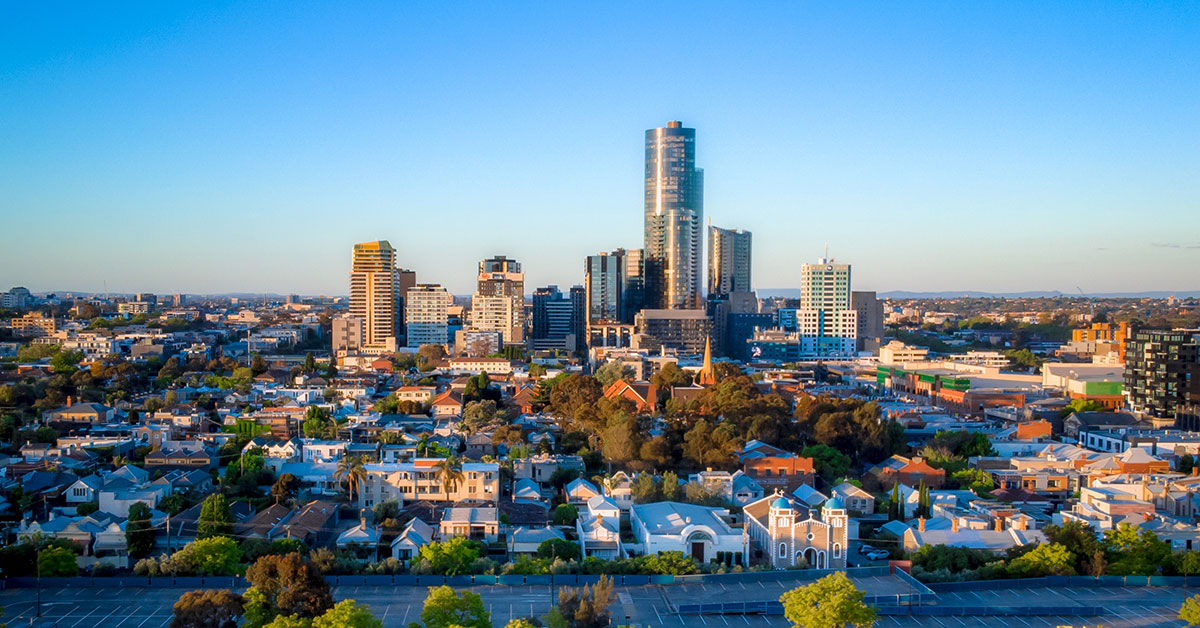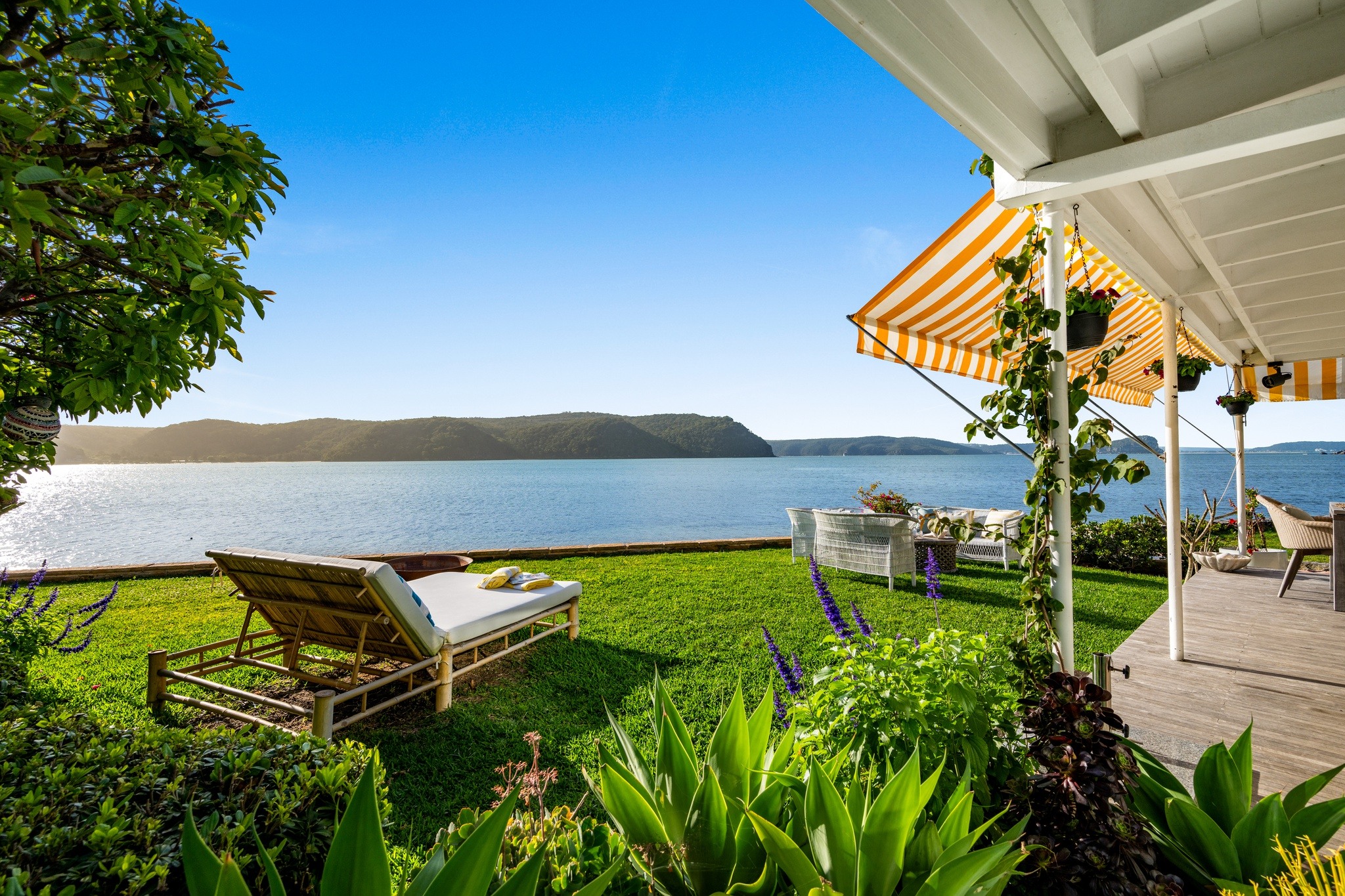WFH Trend to Shift Real Estate Expectations and Demand in 2021

Following a disruptive year due to COVID-19, 36 per cent of Australians will be working from home in 2021, which will impact the national real estate market next year, according to research from LJ Hooker.
A recent survey conducted by LJ Hooker found that prior to COVID-19 79 per cent of people worked at their place of work and 21 per cent from home. This shifted over the course of the year with 38 per cent of people currently working from home; furthermore, only 64 per cent will be returning to their place of work next year.
LJ Hooker’s head of research Mathew Tiller said, “This shift in working and living arrangements has changed the way we now use our homes, which has major ramifications for real estate as many people rethink where they live and work, how they live and the functionality of their homes.
“Our research shows that many Australians now consider their homes to be their workplace as well as their living quarters; and those with children have turned their homes into learning spaces. So, what we’re seeing, and will continue to see next year, is an increase in demand for properties with suitable workspaces.”
With Australians having experienced one or more lockdowns over the course of 2020, many have reported wanting more space in their home, potentially leading to a push in favour for houses over apartments next year.
“In 2021, we expect to see a slight shift away from apartments and first home buyer activity to peak, especially thanks to the current government incentives and stimulus packages. We also expect a rise in the number of renovations as people add more space to their current structures.
“The inclusion of granny flats should also boom, as this appears to be the perfect solution to creating workspace, while creating a somewhat boundary between work and personal life.
“This will have a knock-on effect for the construction industry, and the sector will need to consider the layouts of new apartments and houses to cater for the shift in demand,” said Mr Tiller.
With Australians more empowered to live where they want in a post-pandemic environment, many have chosen to relocate to regional areas and start their own business even purchasing commercial space near their new home.
LJ Hooker Taree Managing Director Amanda Tate said, “We’ve had an increase in the number of people moving to the area; but interestingly, the rise in residential sales is in conjunction with our commercial leasing activity.
“Some of those that were made redundant due to COVID have decided to move out of the city and start their own business, either using their home as their head office or buying or leasing affordable commercial space in the centre of town. Many of these start-up businesses are filling a niche market that our area is lacking, but obviously needing as they are proving very successful almost immediately.
“Buyers are wanting to get more for their money and are either returning or relocating to regional suburbs like Taree because they want a similar lifestyle, in a bigger property, but without the financial pressures of buying and living in a capital city,” said Mrs Tate.
“This trend has been felt across the board with towns like Noosa on the Sunshine Coast, Bangalow near Byron Bay or Wollongong and Thirroul in the Illawarra region experiencing a significant boom since the start of COVID. LJ Hooker offices operating in NSW’s Central Coast region have reported that approximately 90 per cent of enquiries now come from Sydneysiders, while it only used to be 50 per cent before COVID.
“Local governments in regional areas have also been quick to pick on this emerging trend, and are actively offering support and, in some cases, financial incentives for businesses to set up within their local regions,” Mr Tiller concluded.



